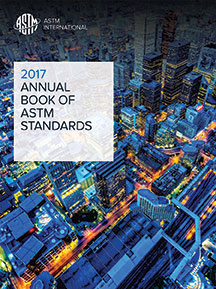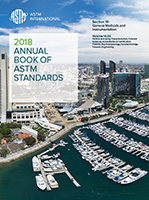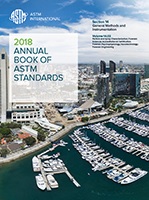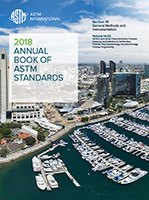Description
1.1 This test method covers the determination of calcium, chlorine, copper, magnesium, phosphorus, sulfur, and zinc in unused lubricating oils, additives, and additive packages by wavelength dispersive X-ray fluorescence spectrometry. Matrix effects are handled with mathematical corrections.
1.2 For each element, the upper limit of the concentration range covered by this test method is defined by the highest concentration listed in . Samples containing higher concentrations can be analyzed following dilution.
1.3 For each element, the lower limit of the concentration range covered by this test method can be estimated by the limit of detection (LOD) (see also 40 CFR 136 Appendix B) or limit of quantification (LOQ), both of which can be estimated from S
1.3.1 LOD and LOQ are not intrinsic constants of this test method. LOD and LOQ depend upon the precision attainable by a laboratory when using this test method.
1.4 This test method uses regression software to determine calibration parameters, which can include influence coefficients (that is, interelement effect coefficients) (Guide E 1361), herein referenced as alphas. Alphas can also be determined from theory using relevant software.
1.5 Setup of this test method is intended for persons trained in the practice of X-ray spectrometry. Following setup, this test method can be used routinely.
1.6 The values stated in either SI units or angstrom units are to be regarded separately as standard.
This standard does not purport to address all of the safety concerns, if any, associated with its use. It is the responsibility of the user of this standard to establish appropriate safety and health practices and determine the applicability of regulatory limitations prior to use.
Product Details
- Published:
- 11/01/2004
- Number of Pages:
- 7
- File Size:
- 1 file , 73 KB
- Redline File Size:
- 2 files , 160 KB




